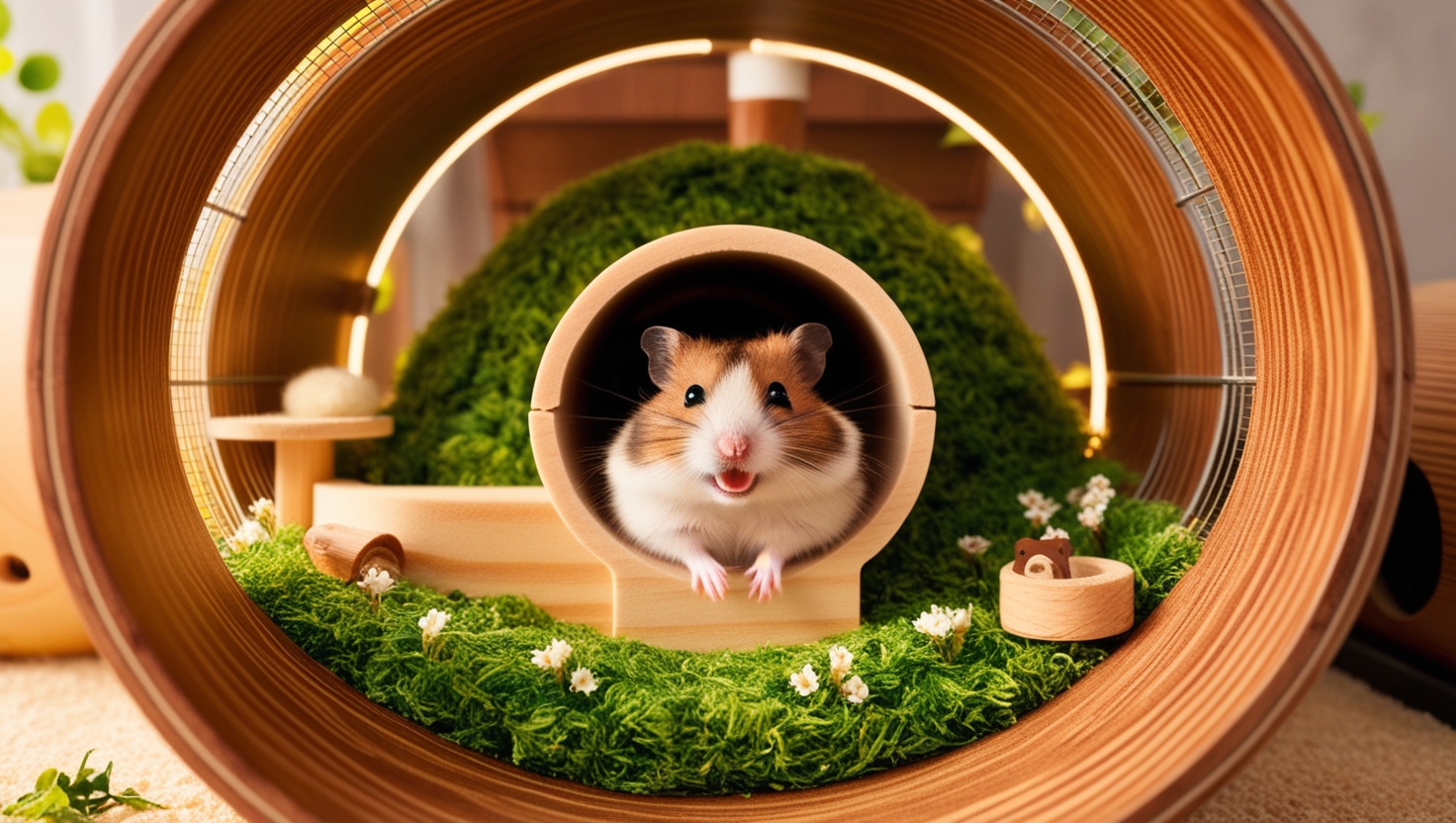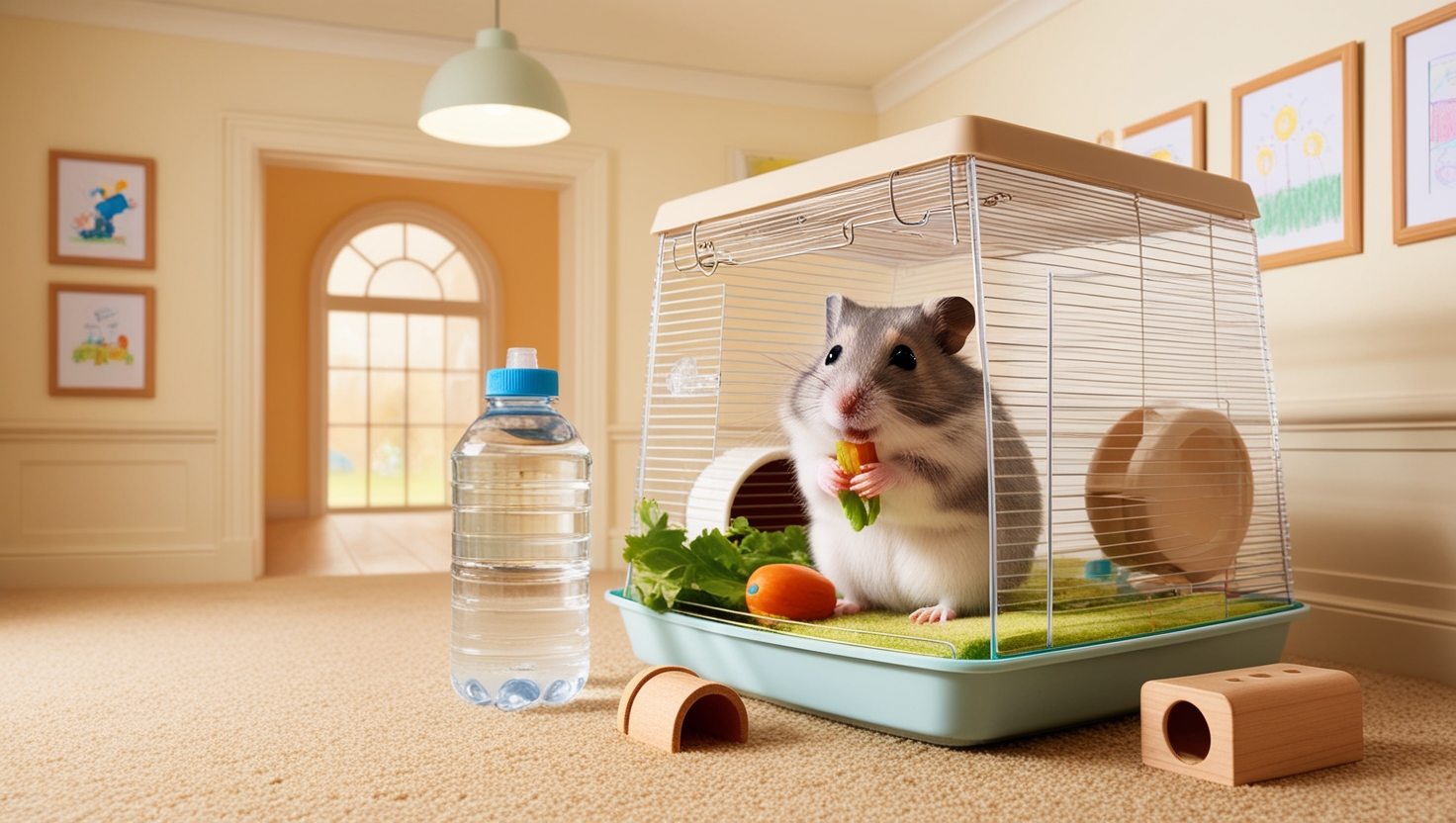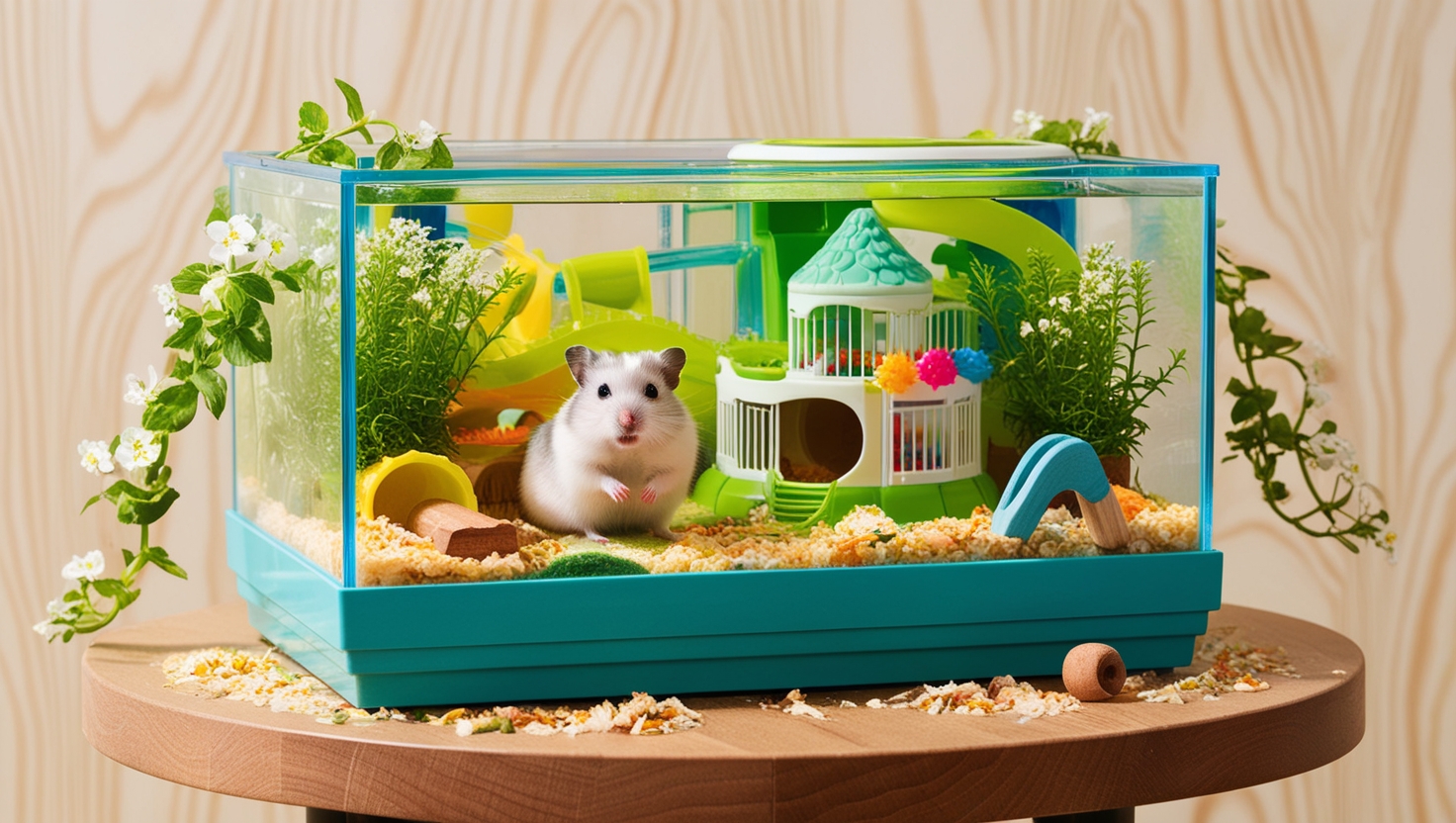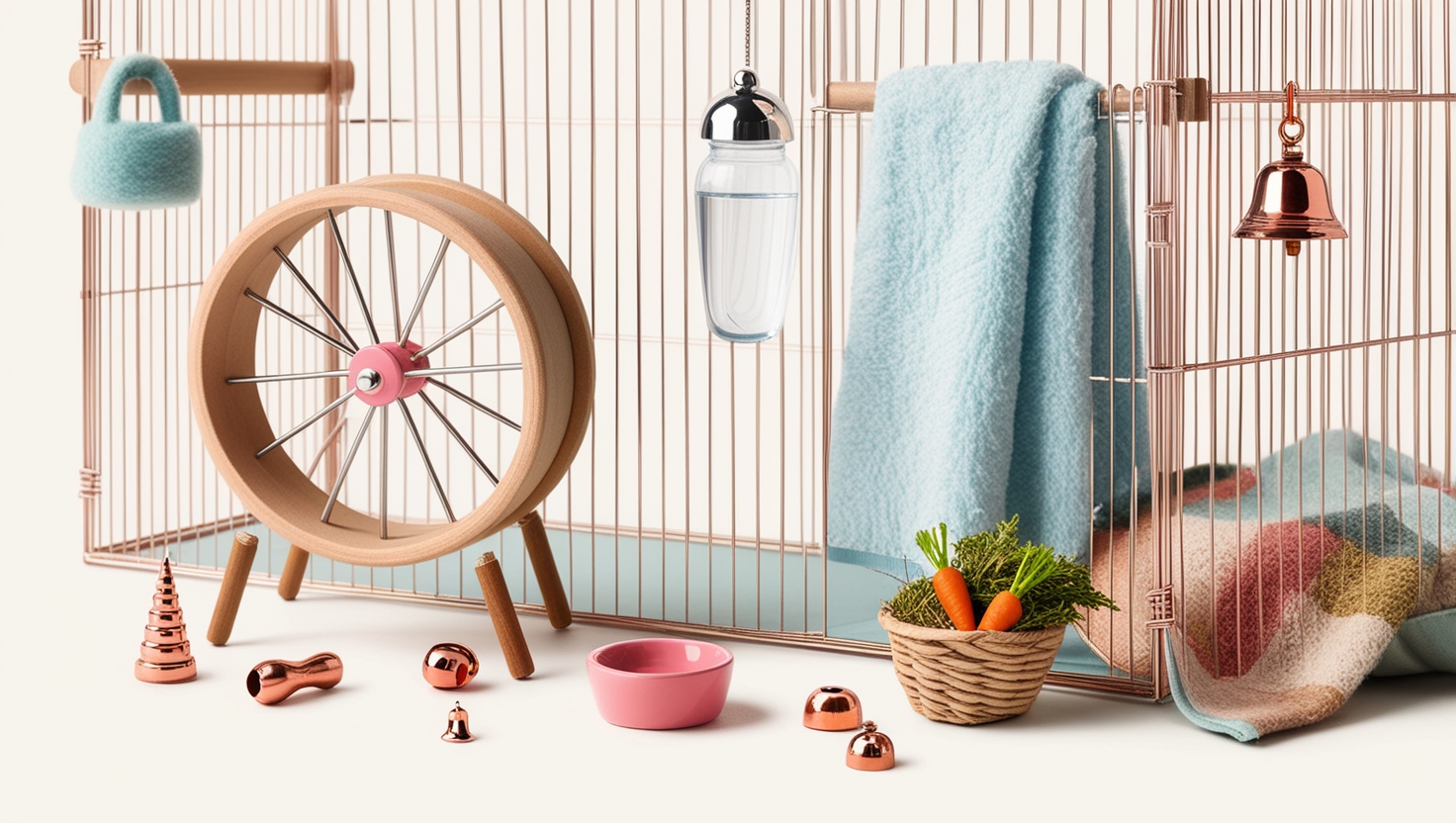Bringing home not one, but two adorable hamsters? That’s double the fun! But before you welcome your furry friends, you’ll need to create the perfect home for them. Choosing the right hamster cage for two is crucial for their health and happiness.
As an experienced hamster parent and enthusiast, I’ve seen firsthand how a spacious and stimulating environment can enrich the lives of these tiny creatures. This guide is here to help you navigate the world of hamster cages and find the best fit for your dynamic duo.
Space is Key: Choosing the Right Size Cage
First things first, let’s talk about size. Just like us, hamsters need their space, and even more so when sharing with a cage mate. While a cozy hideaway might seem tempting, a cramped cage can lead to stress, aggression, and even health problems.
I always recommend a minimum of 450 square inches of floor space for two hamsters. Remember, this is the absolute minimum – the bigger, the better! A spacious cage allows your hamsters to establish their territories, exercise freely, and avoid feeling overcrowded.
Cage Types: Wire, Plastic, or Glass?
Now, let’s dive into the different types of hamster cages available:
1. Wire Cages:
- Pros: Excellent ventilation, allows for climbing
- Cons: Can be drafty, prone to bedding scattering
Expert Tip: When I used a wire cage for my Syrian hamster, I added extra bedding for burrowing and lined the bottom with a cage liner to prevent messes.
2. Plastic Cages:
- Pros: Less messy, often feature tunnels and compartments
- Cons: Can trap heat and humidity, less ventilation
My Experience: Plastic cages are great for dwarf hamsters as they offer more burrowing opportunities, but always monitor the humidity levels.
3. Glass Tanks:
- Pros: Excellent visibility, good temperature control
- Cons: Can be heavy, less ventilation
Word of Caution: Avoid aquariums as they often lack proper ventilation. Choose a glass tank specifically designed for hamsters.
Essential Cage Features
Here are some must-have features to consider:
- Solid Base: Avoid wire or mesh bases, as they can injure tiny hamster feet.
- Wheel: Choose a solid-surface wheel that’s at least 6 inches in diameter for dwarf hamsters, and 10 inches for Syrians.
- Bedding: Opt for dust-free, absorbent bedding like paper-based bedding or aspen shavings.
- Hideouts: Provide at least two hideouts per hamster, placed in different areas of the cage.
- Food Dish and Water Bottle: Choose ceramic dishes for stability and a water bottle with a fresh, drip-proof nozzle.
Setting Up Your Hamster Haven
Creating a stimulating and enriching environment is vital for your hamsters’ well-being. Here are some ideas:
- Bedding Depth: Provide a thick layer of bedding (at least 6 inches) for burrowing and nesting.
- Climbing Accessories: Add wooden branches, ramps, and platforms for climbing and exploration.
- Chew Toys: Offer a variety of chew toys to keep those teeth trim and prevent boredom.
- Playtime Outside the Cage: Supervise your hamsters during daily playtime in a safe and enclosed area.
Conclusion
Choosing the right hamster cage for two is a decision that requires careful consideration. Remember, a spacious, safe, and stimulating environment is key to keeping your furry companions happy and healthy for years to come.
Don’t hesitate to share your own hamster cage setups and ask questions in the comments below. Let’s create the ultimate hamster haven together!







